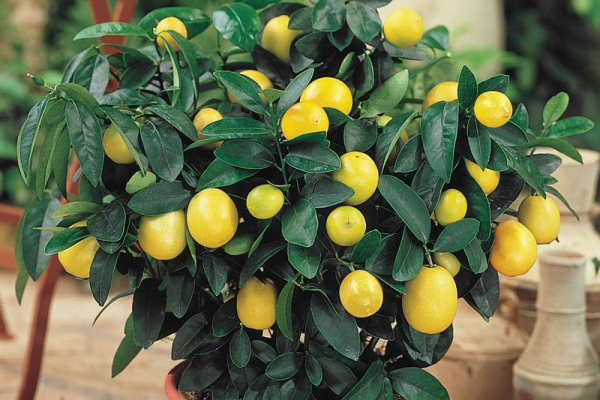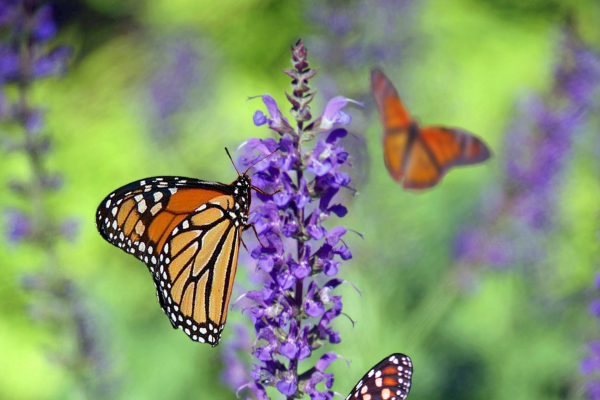
10 Best Indoor Plants and How to Care for Them
Growing tired of a lifeless interior? Or maybe your room’s a blank canvas ready for its first dash of color. The best indoor plants can add just the right amount of intrigue - they’re free-form and organic yet clean and sculptural; they delight with their unpredictability yet reassure with their steady presence. And their life span, thankfully, is much longer than that of cut flowers. But when considering plants in a room’s design, there are a few things to take into account. You have to think of the container it’s going in like a piece of furniture, it should match the interior. As for the plant, you’ll want to coordinate that as well. Below is a guide to some stellar finds and their respective requirements, but first, what if you choose to incorporate more than one plant into your design scheme? It is advisable to group plants the way they naturally grow. You don’t want to put a fern next to a cactus. And what’s more, plants that grow together will have similar needs, making it easier on the caretaker. As for how many to include, that all depends on how many you want to take care of. Finally, location should be dictated primarily by the plant’s light requirements and then by the owner’s taste. Try a plant here or there and see what looks good to you, and don’t be afraid to move it around over time. For smaller indoor plants, you can use them as a table setting, then move them to a window sill later on. Here, we’ve rounded up the very best indoor plants, complete with pro plant care tips.
1. Fiddle-Leaf Fig Tree (Ficus Lyrata) This shrub boasts a long, elegant stem and branches with broad, leathery leaves. For placement, under a skylight or next to a window. In other words, it needs as much sun as possible. Its suggested pruning the top branches when it grows above the window frame. Fiddle-Leaf Fig Tree Care:Water once a week, or more if it’s winter and the air in your home is dry.
2. Split-Leaf Philodendron (Monstera Deliciosa) Favored by Henri Matisse, this plant has a distinctive leaf that looks as though it’s been gently cut into by a careful hand. You can cut off the top - as long as it has air roots attached - and replant it, meaning if you buy one of these, you could easily have more, if you’d like. Split-Leaf Philodendron Care:Water once a week.
3. Meyer Lemon Tree (Citrus X Meyeri) This tree bears its namesake Meyer lemons, believed to be a hybrid of lemons and mandarin oranges with a subtler, sweeter flavor than lemons. But these trees don’t stop at fruits: When they bloom you have this beautiful fragrance of citrus flowers. Meyer lemon trees do well indoors as long as they have lots of sun. Meyer Lemon Tree Care:Water weekly. 4. Kentia Palm (Howea Forsteriana) The fronds of this plant spring to great heights from the soil, then lean forward, quietly shading the ground beneath. “It looks great in a big urn,” says Schrader, noting that it should be given lots of space, as it can grow up to 10 feet with a broad reach. Kentia Palm Care: Requires medium to bright light; water weekly. 5. Castiron Plant (Aspidistra Elatior) This plant is mostly for foliage, meaning if you’re looking to add a lush, dark green plant to your space, this one is for you. It does well in medium to low light and is tolerant of neglect, so it’s fine if you forget to water it once in a while. Castiron Plant Care:Water once a week or every ten days. 6. Eucharist Lily (Eucharis Amazonica) Another dark green plant, but this one features large, white flowers that bloom throughout winter and early spring. Even when it’s not blooming, it’s nice to look at. It thrives in medium light; allow soil to dry between watering. Eucharist Lily Care:The leaves will wilt when it needs water, but once a week should suffice. 7. Snake Plant (Sansevieria Trifasciata) I think they’re having a resurgence, especially for contemporary interior. With sword-shaped leaves winding gently from the soil like charmed snakes from a basket, this indoor house plant strikes a lovely balance between order and chaos. Snake Plant Care: Place anywhere you’d like and let the soil dry completely between watering. Check the soil every week, but it’s fine to skip a few. 8. African Spear Plant (Sansevieria Cylindrica) Very architectural, very sculptural. Indeed, this plant’s conical leaves conjure images of spires, obelisks, and skyscrapers. African Spear Plant Care: Place in any light you choose; water every few weeks. 9. Peruvian Apple Cactus (Cereus Peruvianus) No matter what the weather looks like outside, a cactus will make you feel like you’re in a desert oasis at home. Not only is it easy to care for, but with its upright sculptural nature, this architectural oddity always makes a large statement. As the plant grows, it tends to shift toward the light. To balance it out, rotate the plant so it’s tilting away from the sun and then it will tilt back. Peruvian Apple Cactus Plant Care: Bright, indirect light is best, but the Peruvian apple cactus can also thrive in medium or full light. Water once a month. 10. Winterbourn (Philodendron Xanadu) A smaller version of oversized tropical leaves - it will only grow to be about three to four feet - this textural plant is great for spaces with less light.


